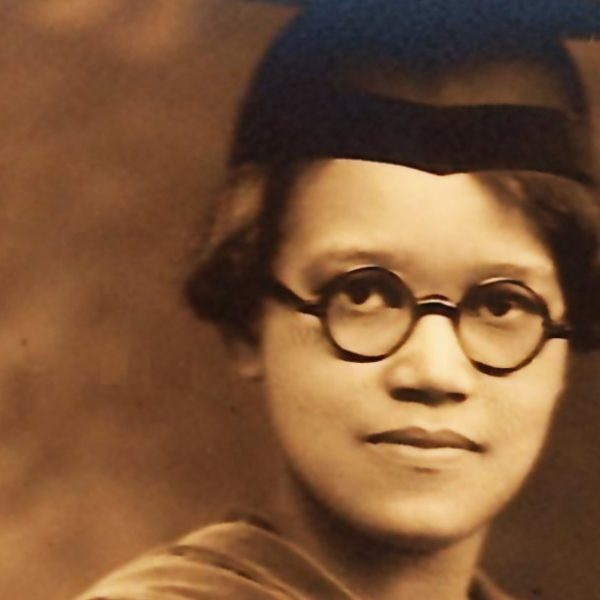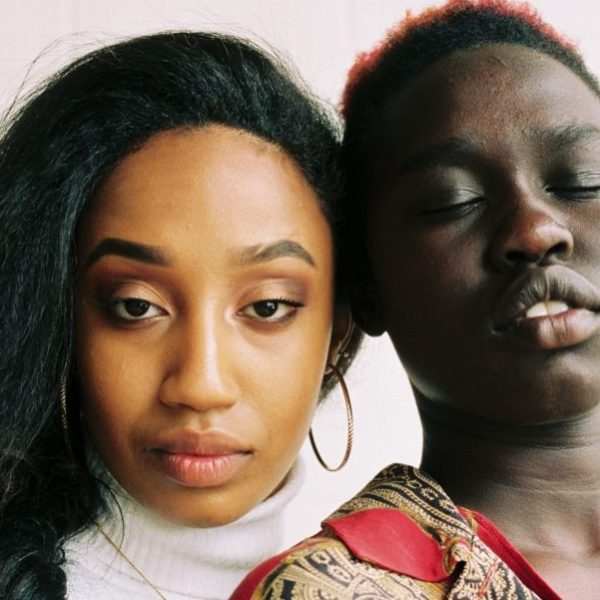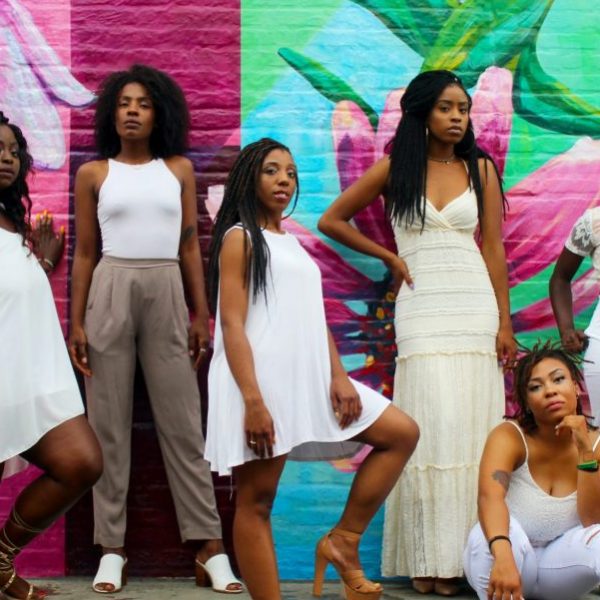Black Gotham 2.0: Carla L. Peterson’s History Making for the Digital Age

Carla L. Peterson is professor of English at the University of Maryland, College Park. She is the author of “Doers of the Word”: African-American Women Speakers and Writers in the North, 1830-1880.
Where do we draw the line between our own personal history – history with a small “h” – and the History we consider public knowledge – history with a big “H”? This is an important question for historical researchers of any caliber. It shapes the way we value (and the way we justify) our chosen paths of exploration. In her project Black Gotham: A Family History of African Americans in Nineteenth-Century New York City, historian and literary scholar Carla L. Peterson recounts her own process of negotiating big “H” and little “h” history with refreshing transparency. Bringing to light the lives of nineteenth-century New York City African-American elites is clearly a personal journey for the author, who is looking to reclaim stories from her own family’s past. Yet Peterson is also adept at demonstrating to her readers how her personal process of discovery opens up important new avenues for exploring the social history of New York and its nineteenth-century black inhabitants.
Black Gotham complicates the association of the nineteenth-century African-American community with enslavement and poverty, revealing the development of a small but thriving group of financially and socially privileged blacks within New York society. While these individuals enjoyed many of the freedoms and opportunities of their white counterparts, Peterson employs both personal and public historical information to illustrate that these “rights” were precariously won and carefully guarded. For example, she describes her ancestors’ anxiety that they might be turned away from public social events, like the popular Crystal Palace exhibition in 1853. Personal anecdotes like these are juxtaposed with excerpts from the Frederick Douglass Papers, in which members of the black elite express their concern that the “excesses” of black street culture might reflect poorly on themselves. They are also punctuated by the disruptive force of events like the 1863 Draft Riots, in which the ransacking of their homes tore at the black elite’s carefully nurtured sense of class privilege.
 While her own research began with a trip to the archives of the Schomburg Center for Research in Black Culture branch of the New York Public Library, Peterson recognizes that the way the way we do historical research today has a powerful impact on what constitutes big “H” and little “h” history. Sites like Ancestry.com claim to place over ten billion genealogical records at our fingertips, and countless resources from Wikipedia to online university archive projects provide us with glimpses into the world our parents or grandparents grew up in. While these digital platforms provide us with unprecedented volumes of information, they also provide us with unprecedented opportunities to contribute our personal stories to public forums. Blogs and LiveJournals are now valued as part of the larger conversation on any number of social events. And as the popularity of smart phone apps like Foursquare attest, instantaneous and continuous digital archiving plays a key role the way we conceptualize the spaces around us.
While her own research began with a trip to the archives of the Schomburg Center for Research in Black Culture branch of the New York Public Library, Peterson recognizes that the way the way we do historical research today has a powerful impact on what constitutes big “H” and little “h” history. Sites like Ancestry.com claim to place over ten billion genealogical records at our fingertips, and countless resources from Wikipedia to online university archive projects provide us with glimpses into the world our parents or grandparents grew up in. While these digital platforms provide us with unprecedented volumes of information, they also provide us with unprecedented opportunities to contribute our personal stories to public forums. Blogs and LiveJournals are now valued as part of the larger conversation on any number of social events. And as the popularity of smart phone apps like Foursquare attest, instantaneous and continuous digital archiving plays a key role the way we conceptualize the spaces around us.
Peterson has embraced this social media landscape as a valuable component of her own archiving project. In addition to the blog for Black Gotham, the author has just launched Black Gotham Archive, an interactive resource that she hopes will develop an even more detailed portrait of black New Yorkers in the nineteenth century than her book currently provides.
“The Black Gotham Digital Archive,” Peterson writes, “will address the needs of many constituencies: the curious tourist who simply wishes to learn more about black life in nineteenth-century New York; scholars seeking to further their archival research in the area; high school and college teachers looking for new pedagogical tools for teaching black history; New Yorkers (black and white) who want to share their own stories and enhance our knowledge base.” To encourage a sense of connection among the site’s users, Peterson plans to set up a discussion board for extended conversation and information about Black Gotham. She has already made it easy for visitors to contribute their knowledge to the site by including a contribution interface for uploading stories, images, and interactive resources. By encouraging and experimenting with this type of interactivity, Peterson’s project is making an important contribution to how public digital archives will help us shape and share history in the future.




